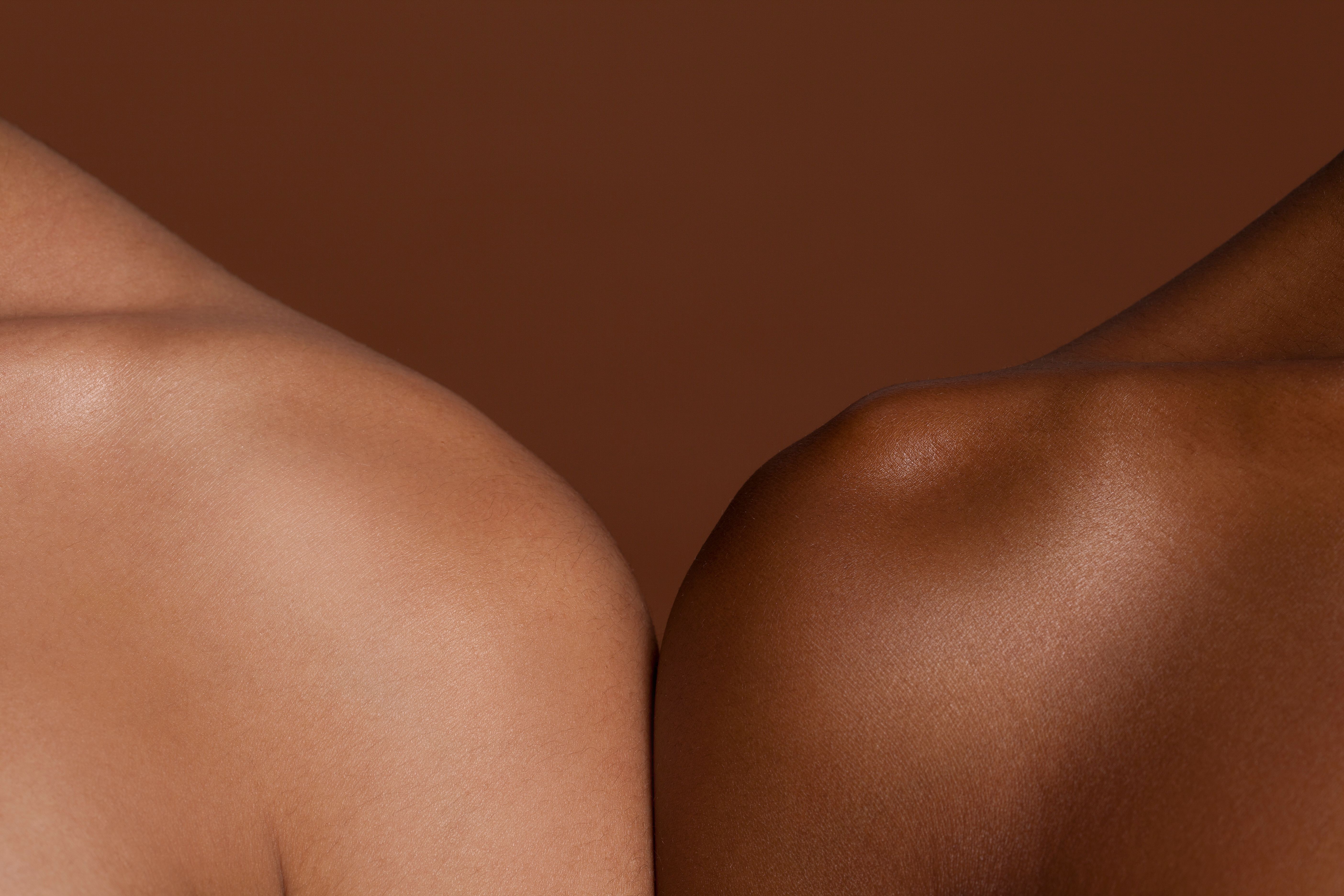- Case-Based Roundtable
- General Dermatology
- Eczema
- Chronic Hand Eczema
- Alopecia
- Aesthetics
- Vitiligo
- COVID-19
- Actinic Keratosis
- Precision Medicine and Biologics
- Rare Disease
- Wound Care
- Rosacea
- Psoriasis
- Psoriatic Arthritis
- Atopic Dermatitis
- Melasma
- NP and PA
- Skin Cancer
- Hidradenitis Suppurativa
- Drug Watch
- Pigmentary Disorders
- Acne
- Pediatric Dermatology
- Practice Management
- Prurigo Nodularis
- Buy-and-Bill
Article
Frequent debridement leads to better wound healing
More frequent debridement leads to better wound healing outcomes, according to recent study results.
More frequent debridement leads to better wound healing outcomes, according to recent study results.
Researchers analyzed 154,644 patients with 312,744 wounds. Nineteen percent of wounds were diabetic foot ulcers, 26.1 percent were venous leg ulcers and 16.2 percent were pressure ulcers, according to the study. Debridements were performed at different frequencies. A total of 70.8 percent of wounds healed. The median number of debridements was two (range, 1-138). Wounds that were debrided more frequently healed in a shorter time frame (P<0.001).
“Although limited by retrospective data, this study’s strength was the analysis of the largest wound data set to date,” study authors concluded.
In regression analysis, significant variables included male sex, wound type, physician category, older patient age and increased wound age, area and depth.
The study was published online July 24 in JAMA Dermatology.
To get weekly news and analysis for today's skincare specialists, subscribe to Dermatology Times eNews.





